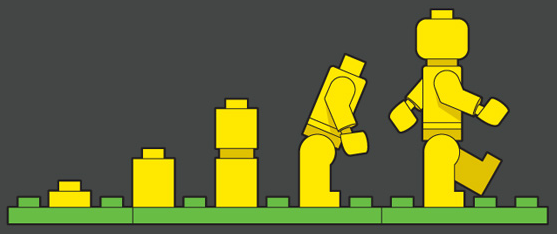This post is about how we usually kick off feedback cycles with iterations on a product.

After some customer development the team should have a few hypotheses about the value proposition of the product.
The next logical step is to approve/disapprove some of those hypotheses, starting with the fundamentals:
- Are there customers out there who want to buy the product?
- What are the features they actually want?
- How many customers as a % in a segment want the product?
- How much are they willing to pay if you build a product that looks like your prototype?
- Can you get a Letter of Intent based on the prototype?
Following Lean methodologies we create a “..version of a new product a team uses to collect the maximum amount of validated learning about customers with the least effort”. Prototypes don’t need any engineering work, are very low in effort and allow gathering great feedback.
Some common tools used for prototyping: InVisionapp.com, Balsamiq.com, justinmind.com, figma.com. For some products with established engineering teams we might prototype within applications themselves, by building mock features without any functional implementation, like realise a feature in UI framework like Bootstrap. If the feature is useful, then that way some of the UX work is already done.
Next, we’ll start user testing. It can be done in an office, over a video call or just in a cafeteria. Idea is to have a person view your prototype and see if they
- get the value proposition – understand what the app does without an explanation
- can use the application without any help. We usually keep a log of user testing sessions in a spreadsheet, where we summarise background info of the tester, issues raised or where did the tester get stuck, feedback
As any seasoned user testing runner knows then it’s important not to explain or help the customer during a testing session, just making notes. That way you’ll see if the user would independently understand the product or not.
Ask your user to talk out loud and be expressive with their thoughts and opinions – so that you would capture the most amount of information.
Generally 3-5 sessions are enough to create the next iteration of the product.
We often schedule user testing a 2 times per week where a handful of testers will be present. For example, meet with 5 people every Tuesday and Thursday.
We want all of our product team members, including the engineers, to conduct user testing sessions so that customer empathy is a common trait.
Once an actual application is at the point of an MVP, we start a similar cycle, where the prototype is being developed a few weeks before actual product catches up on the same spot.
Happy Iterating!
